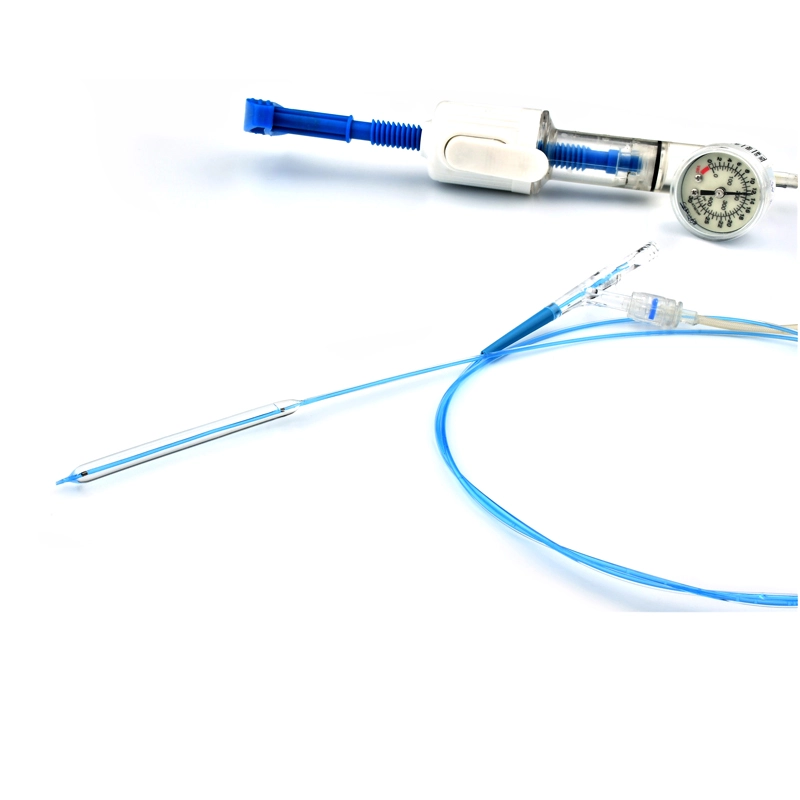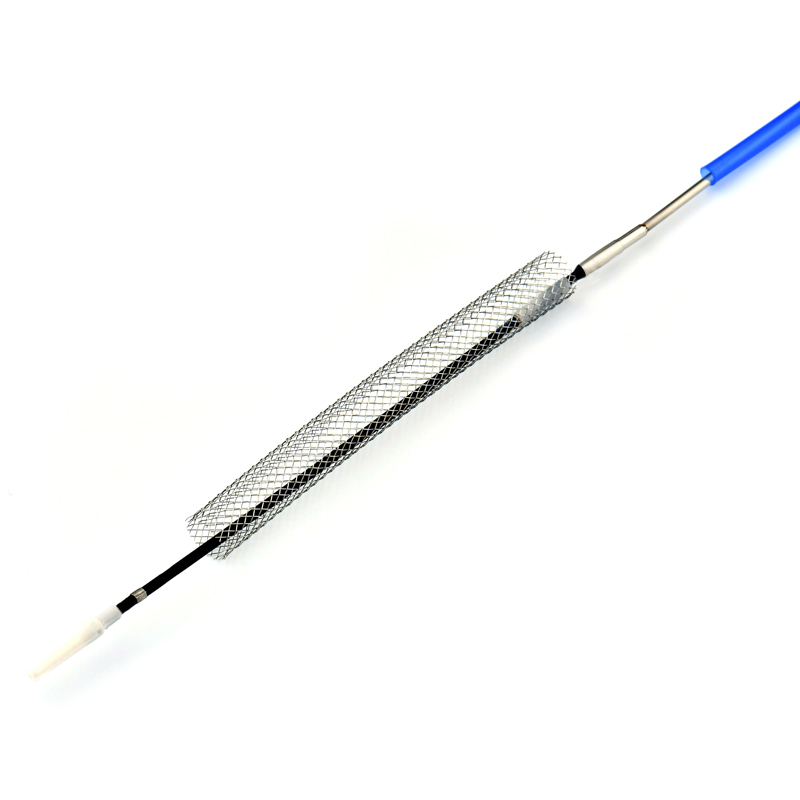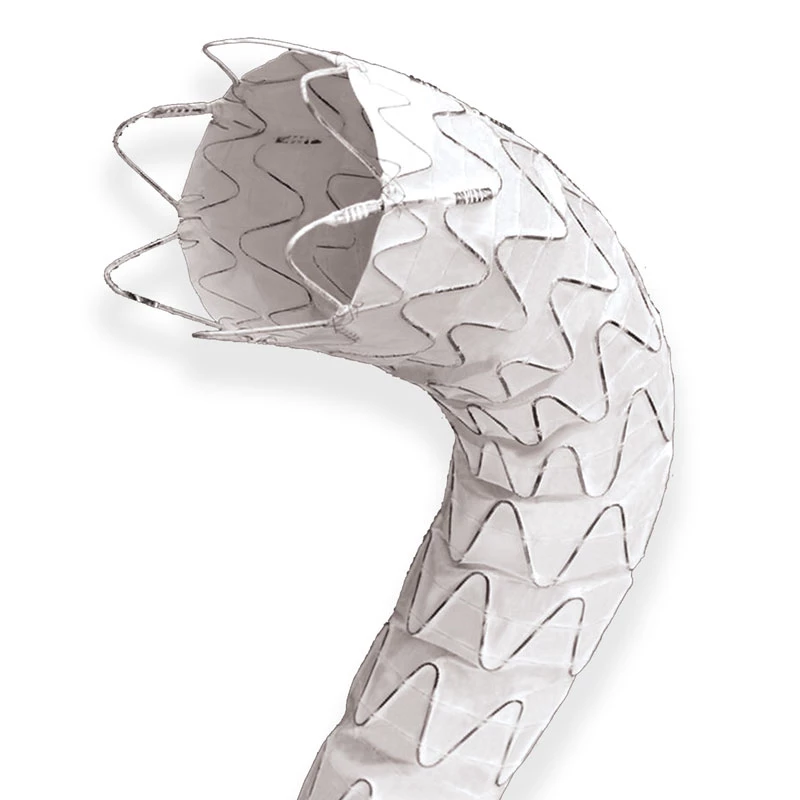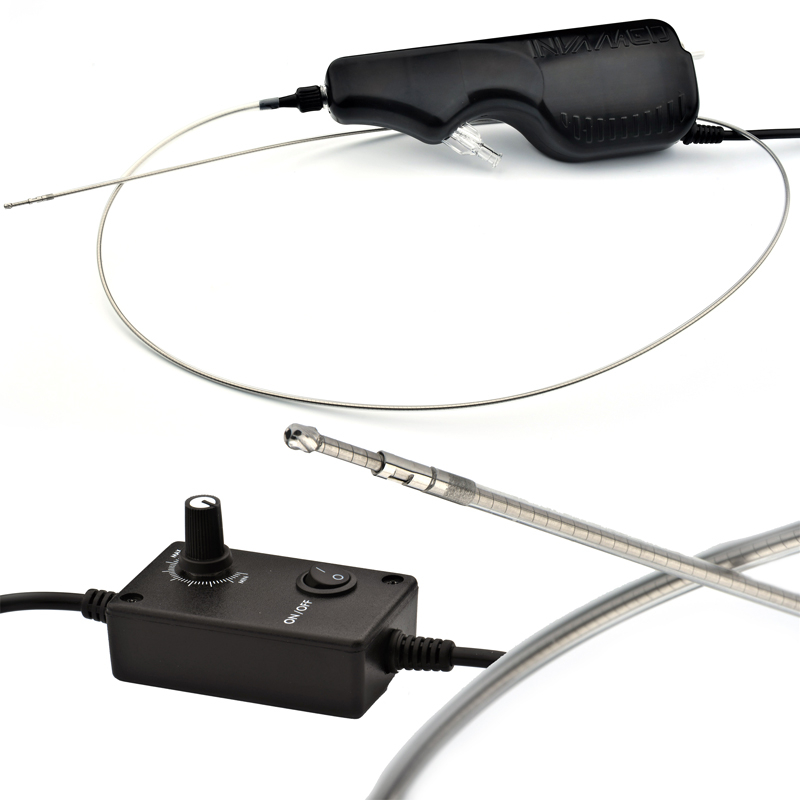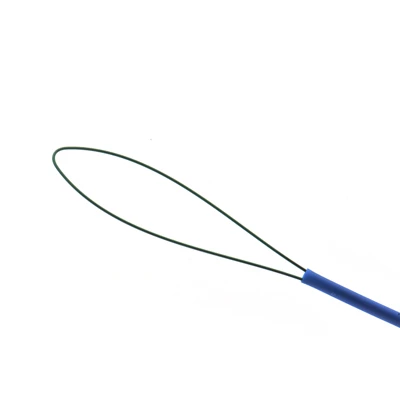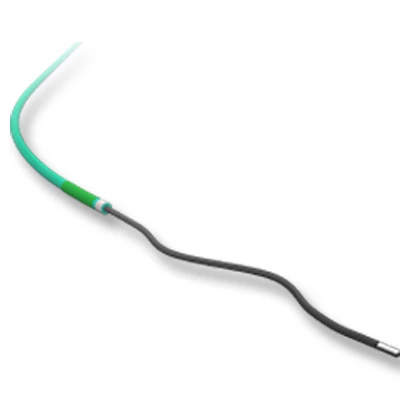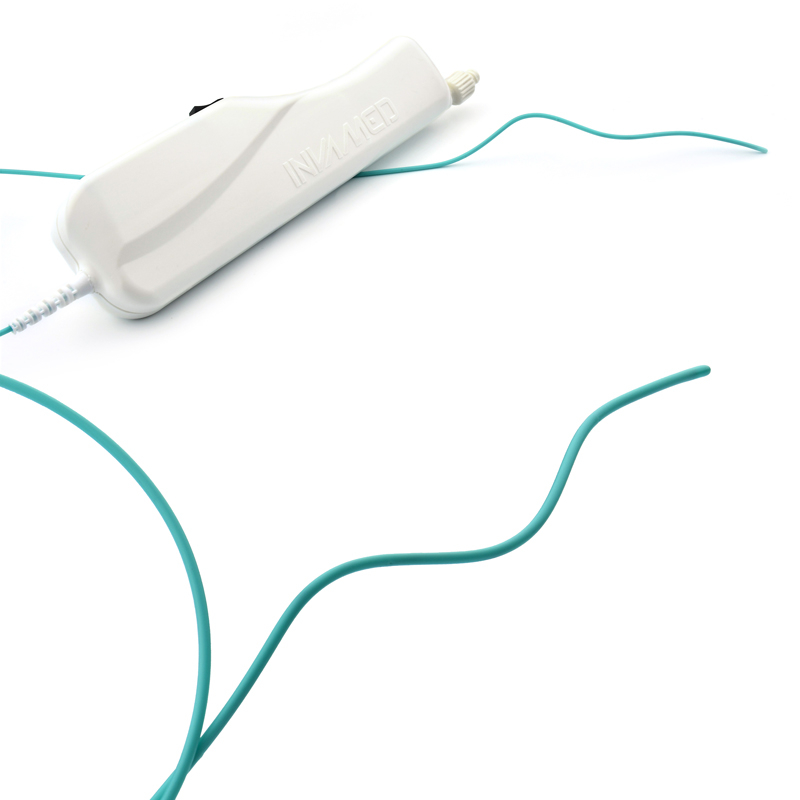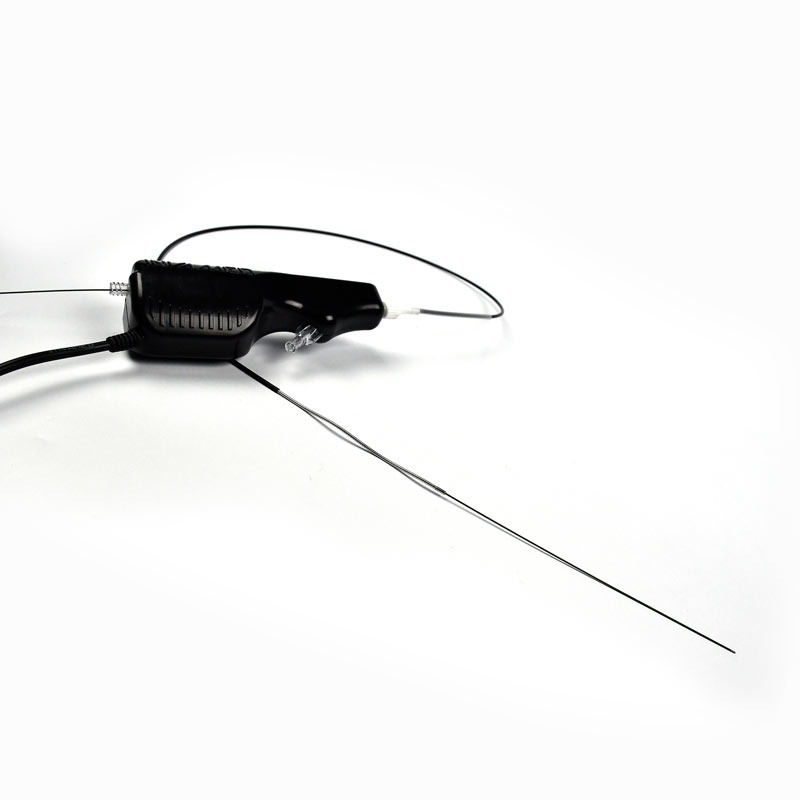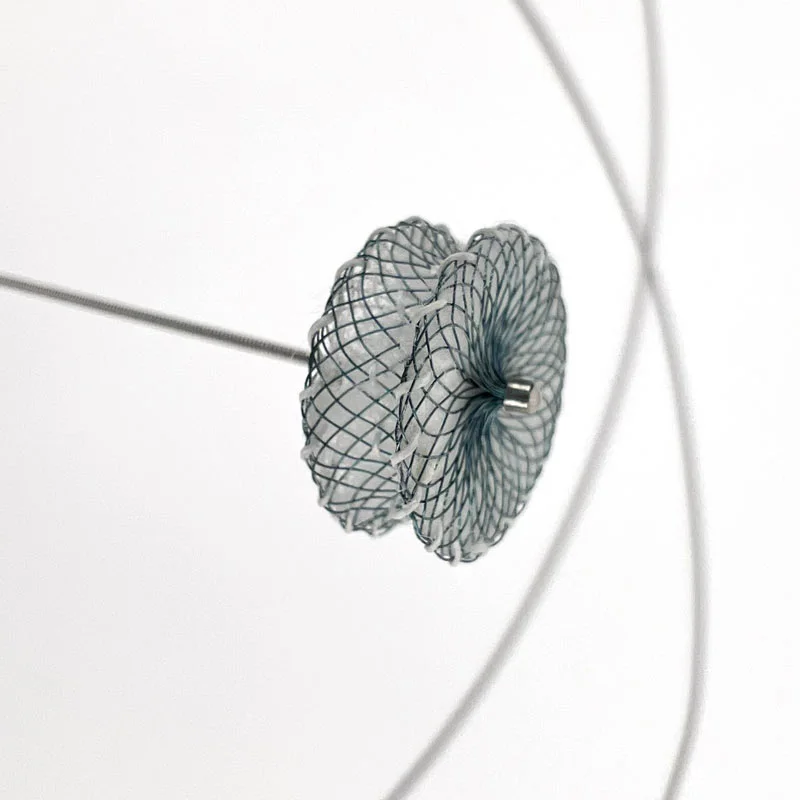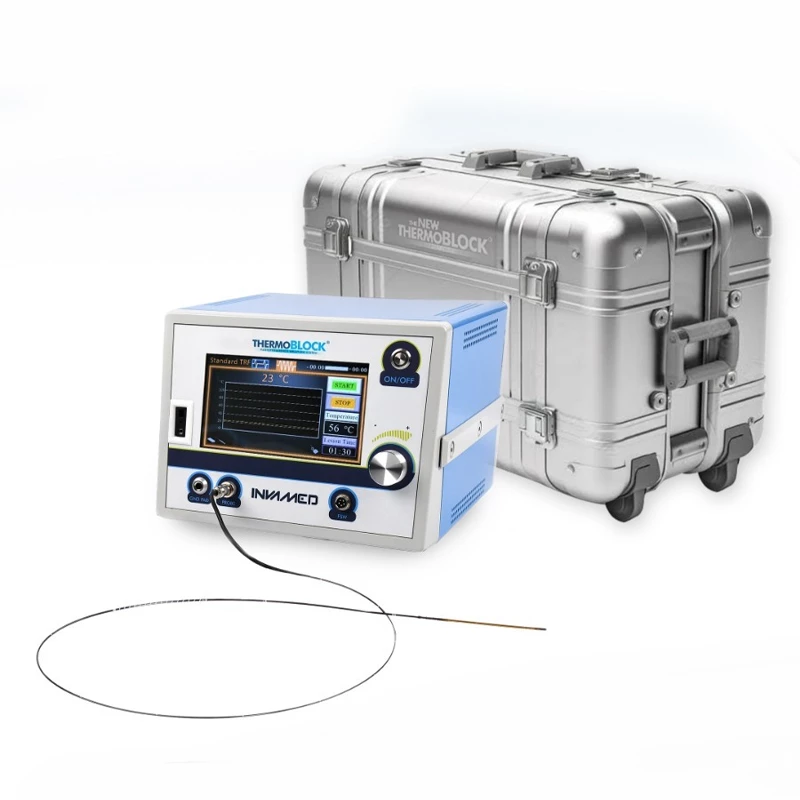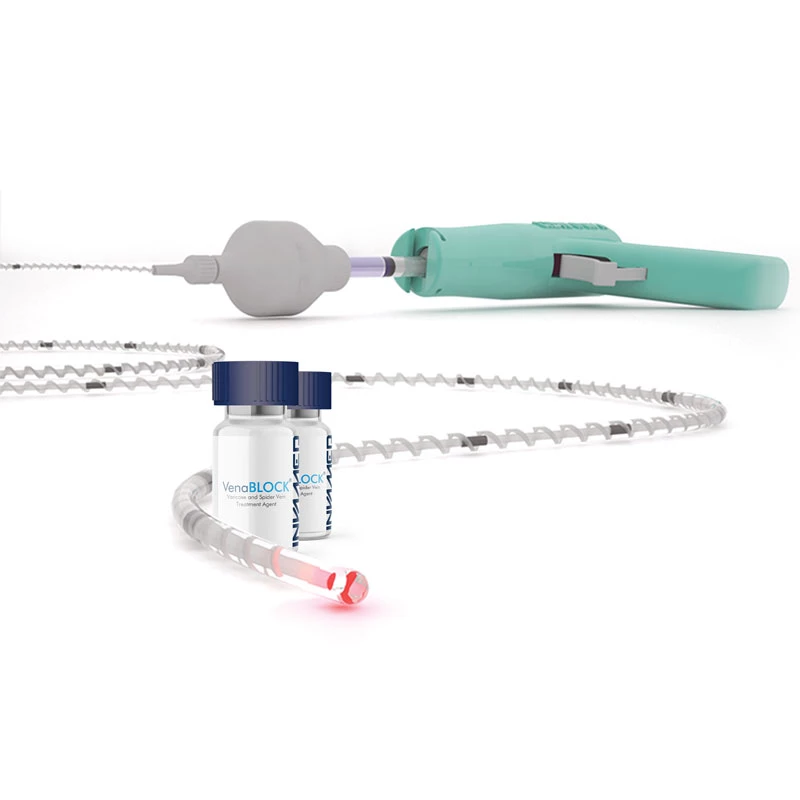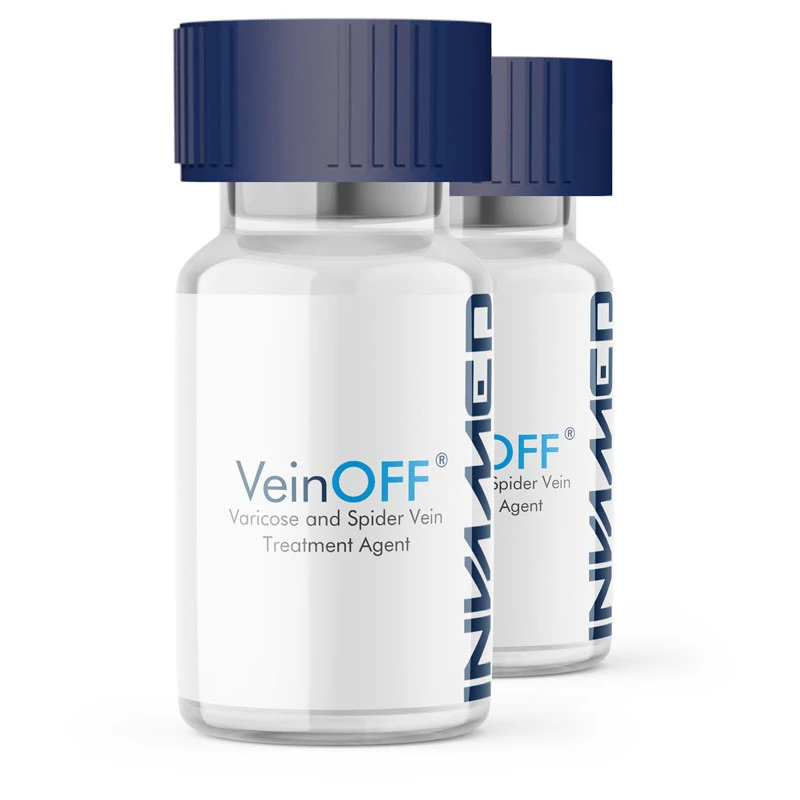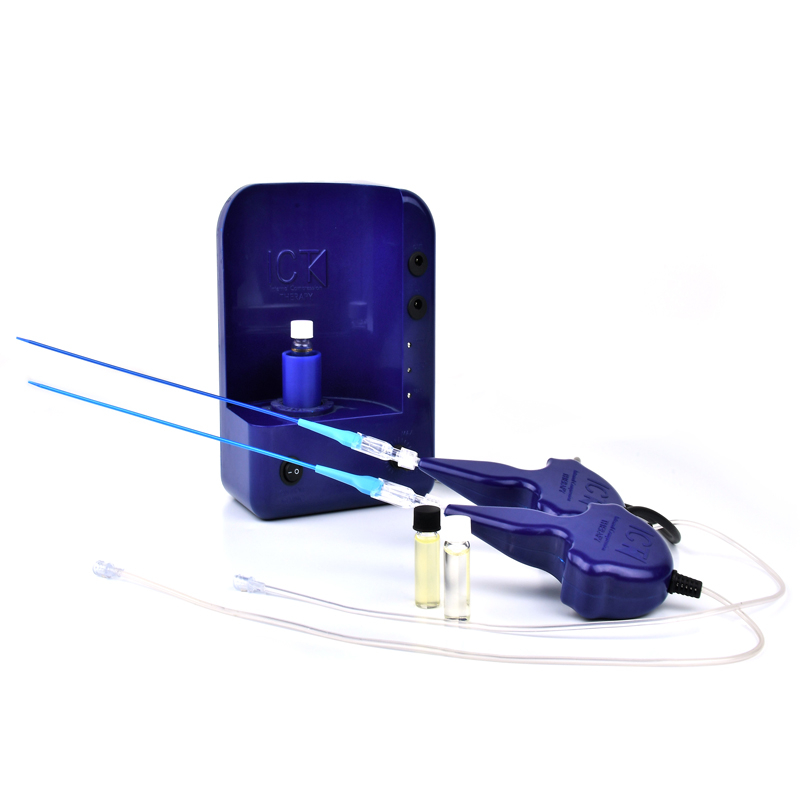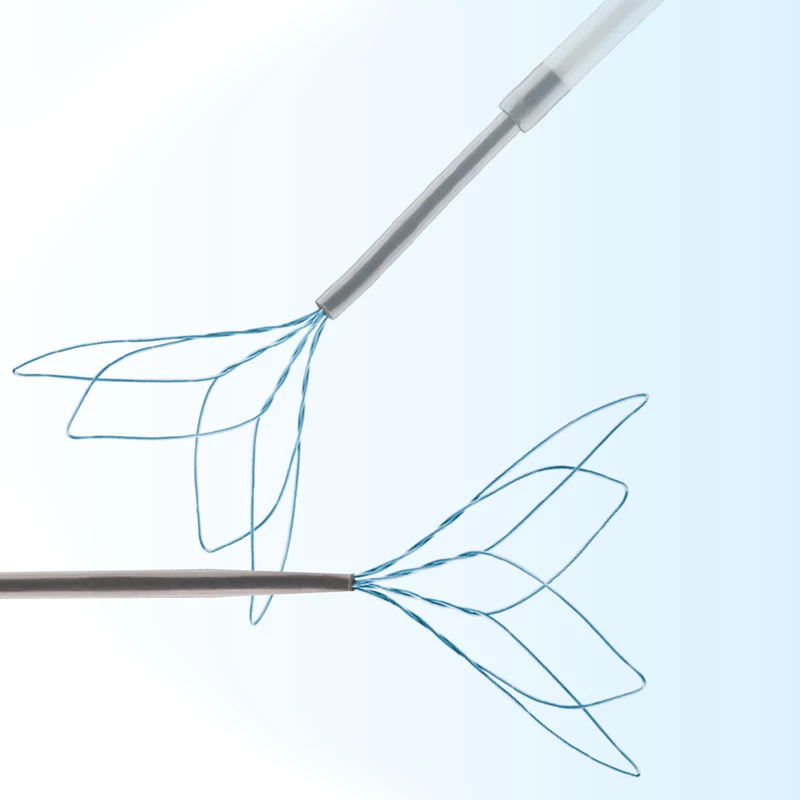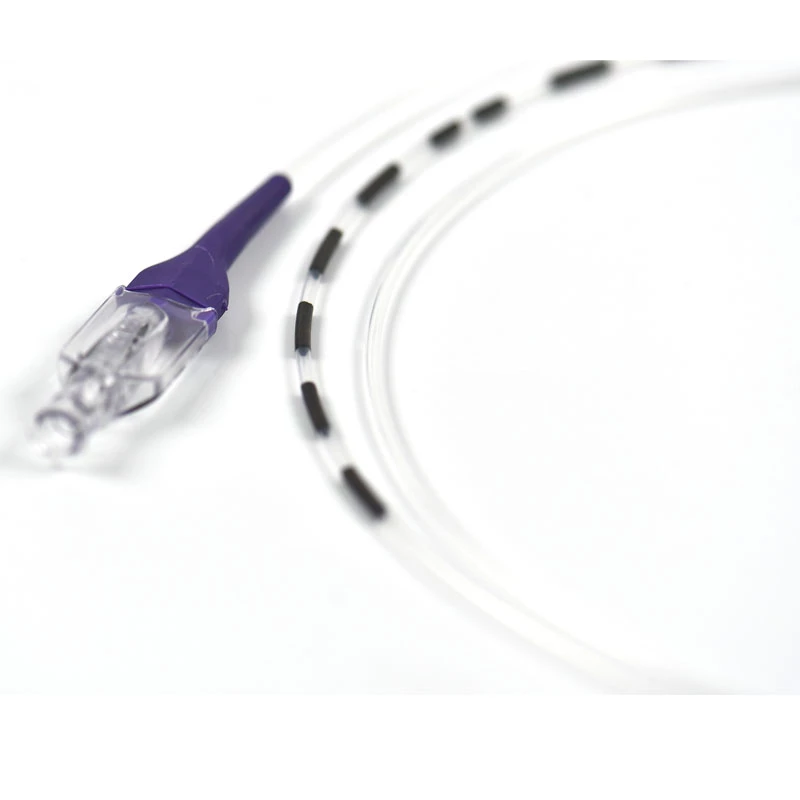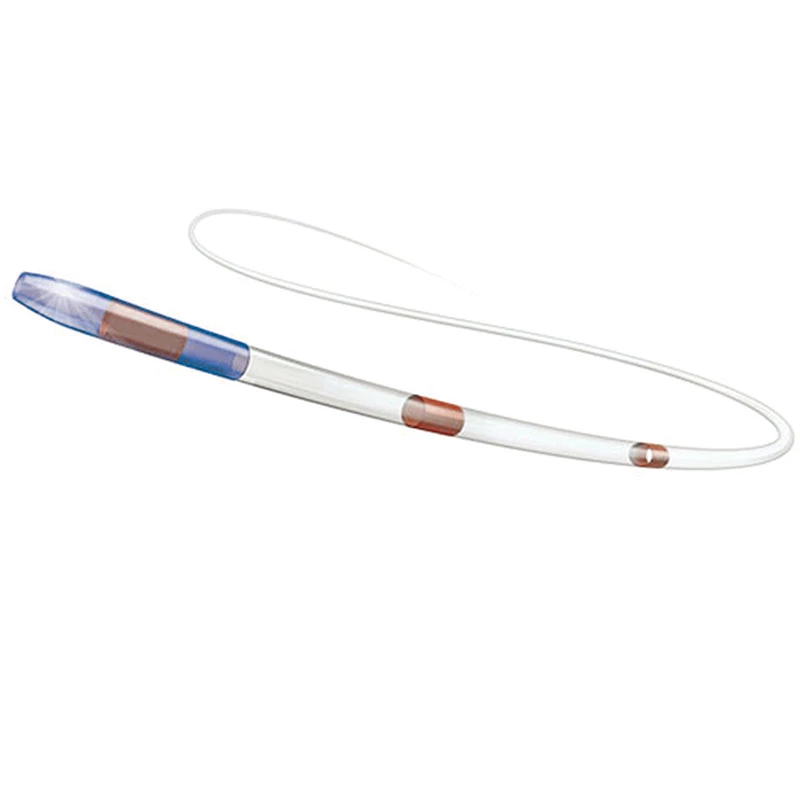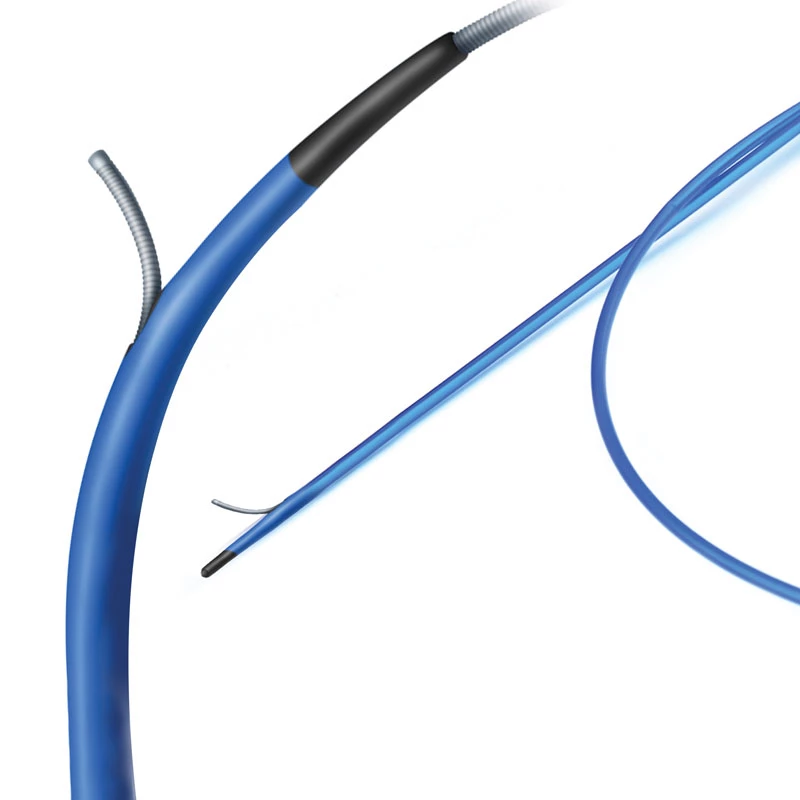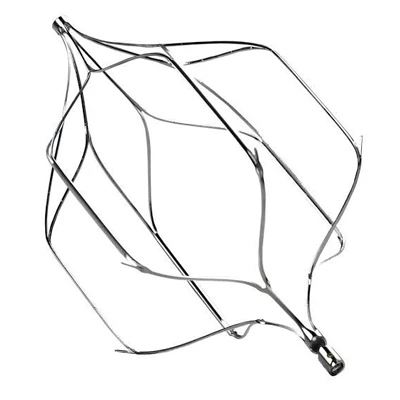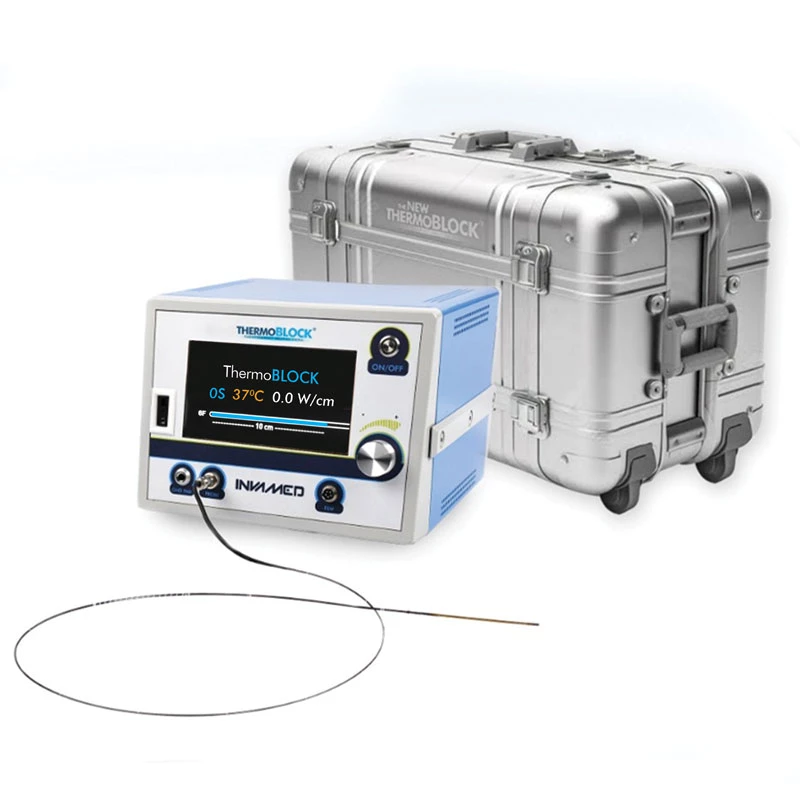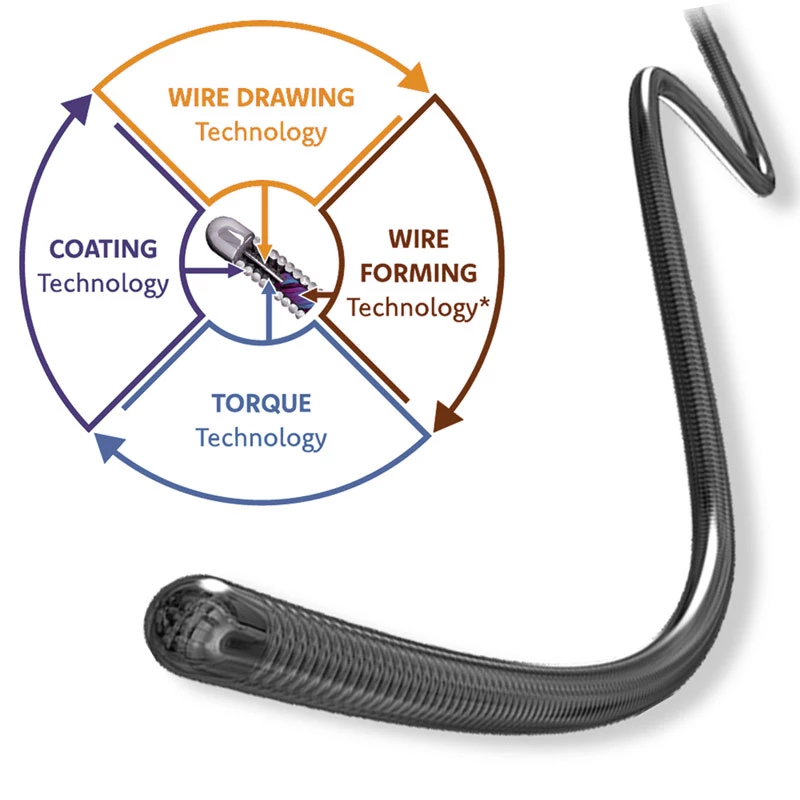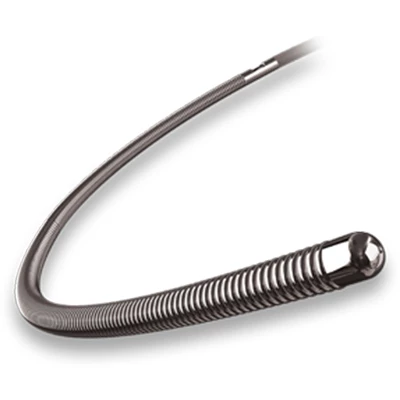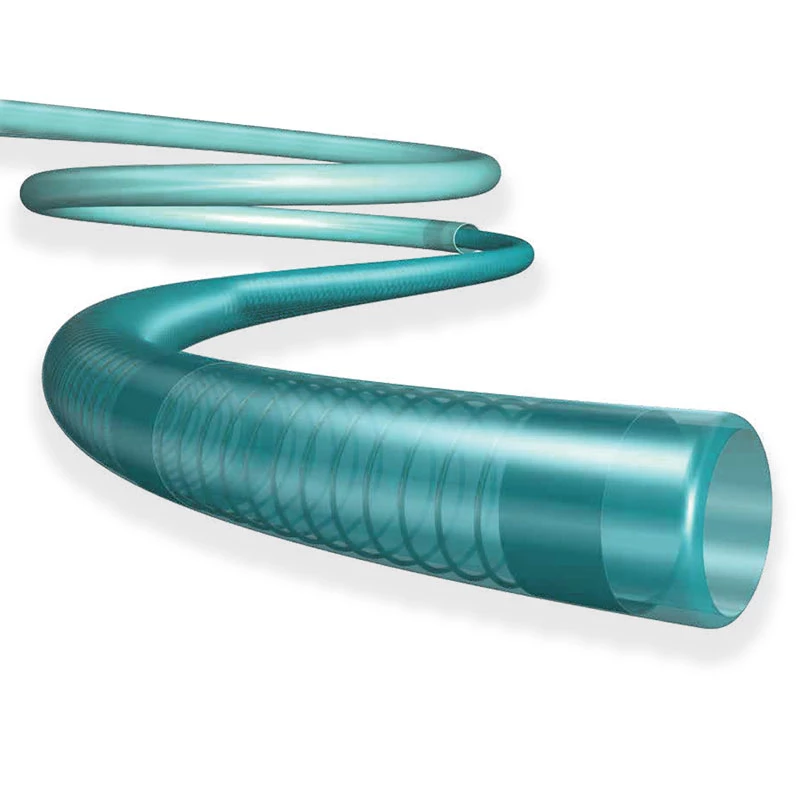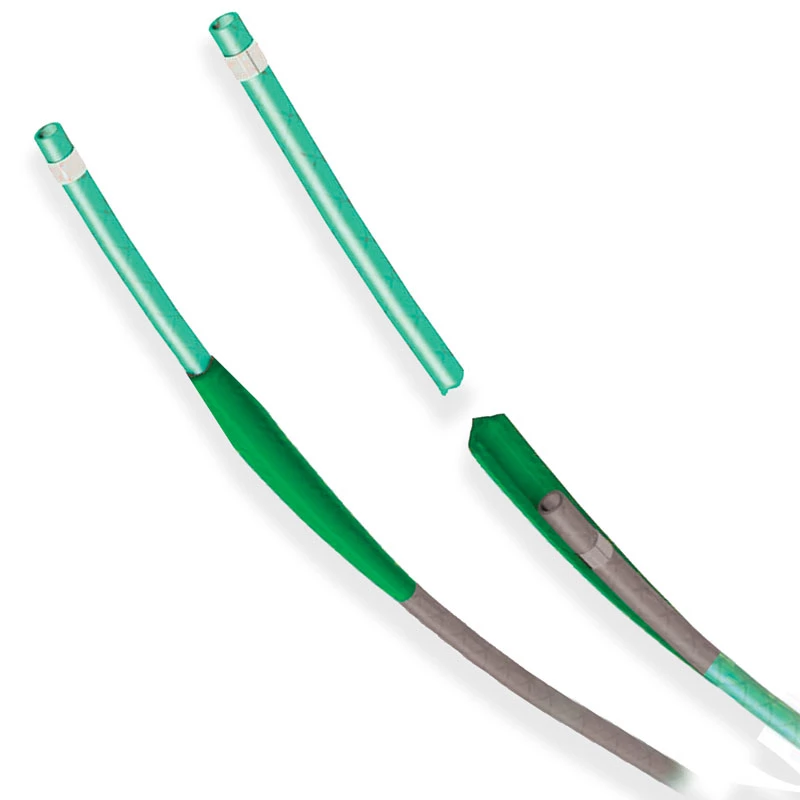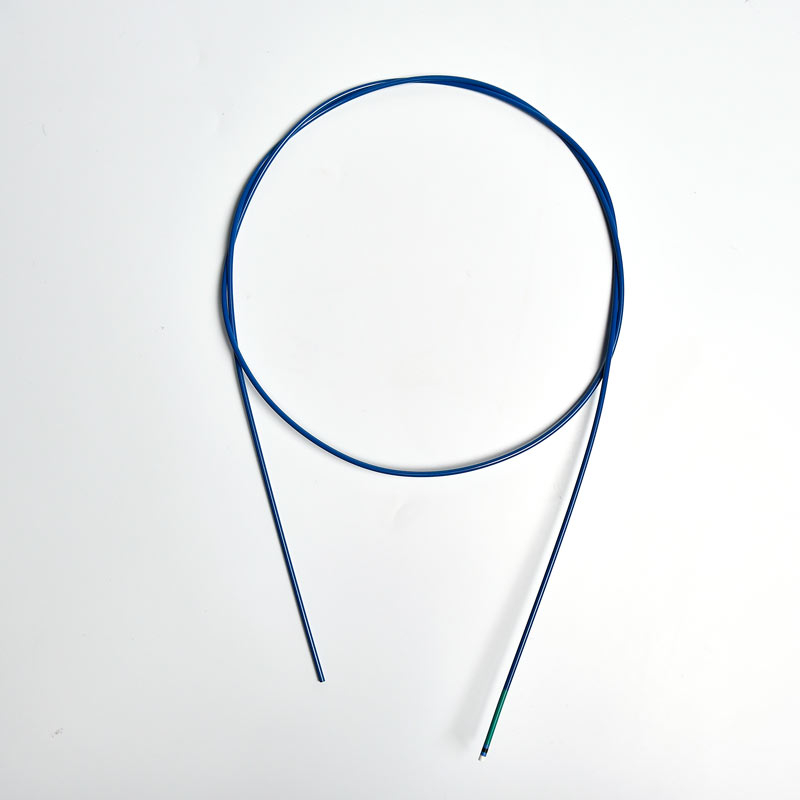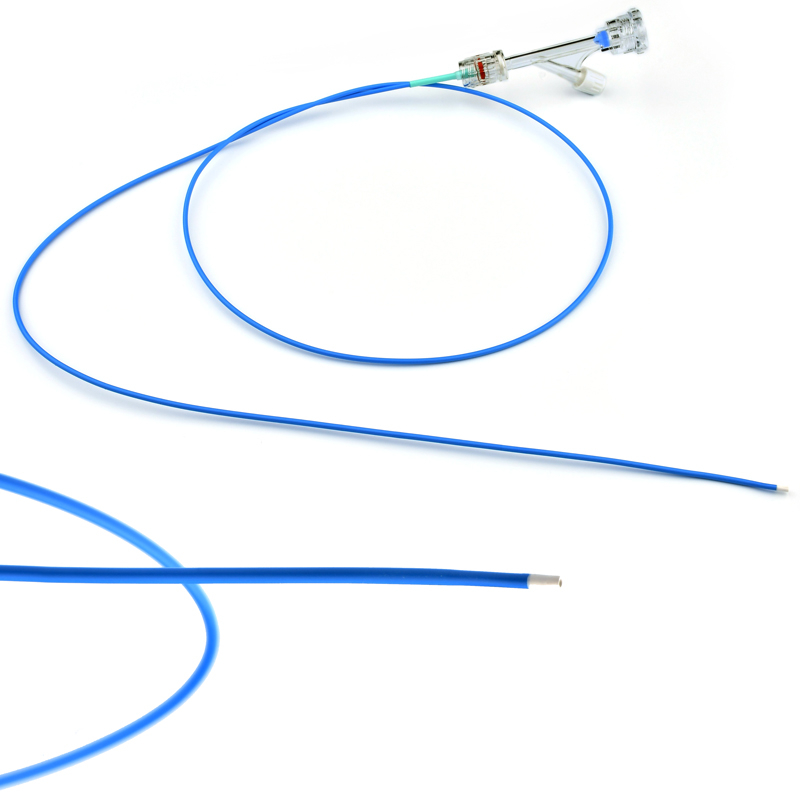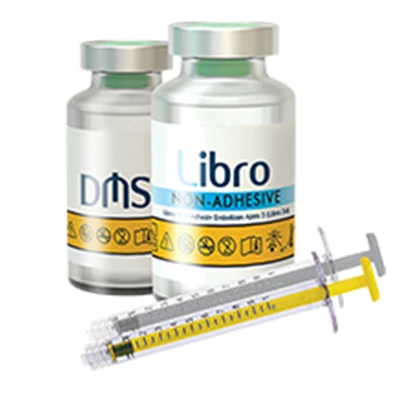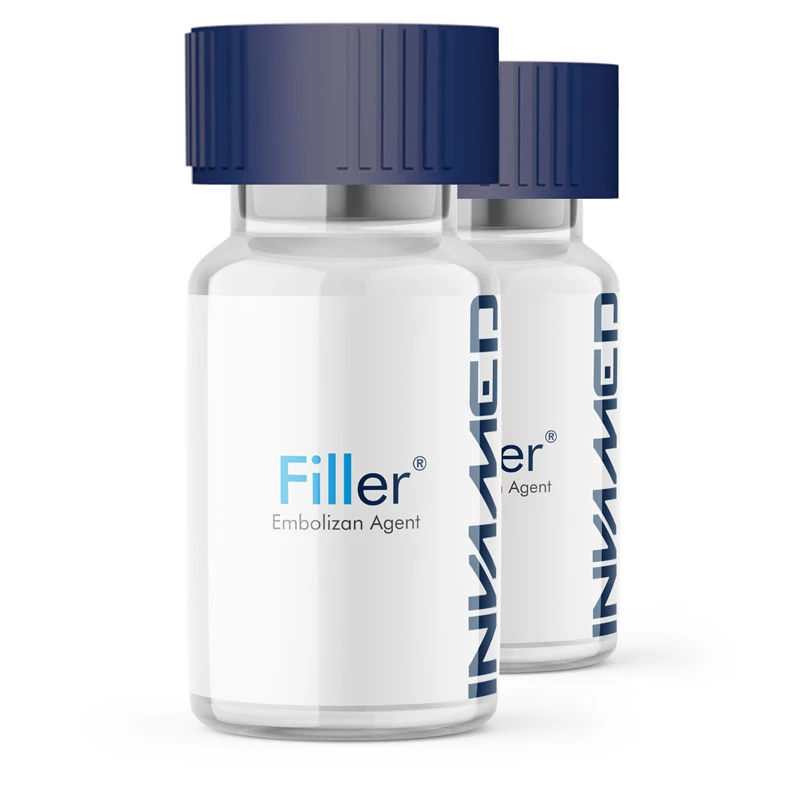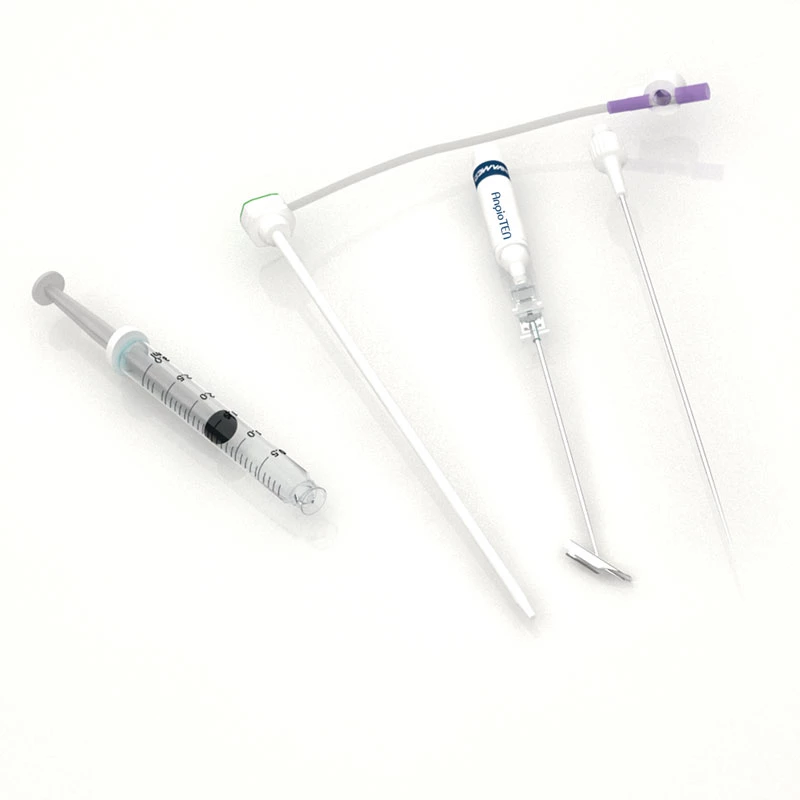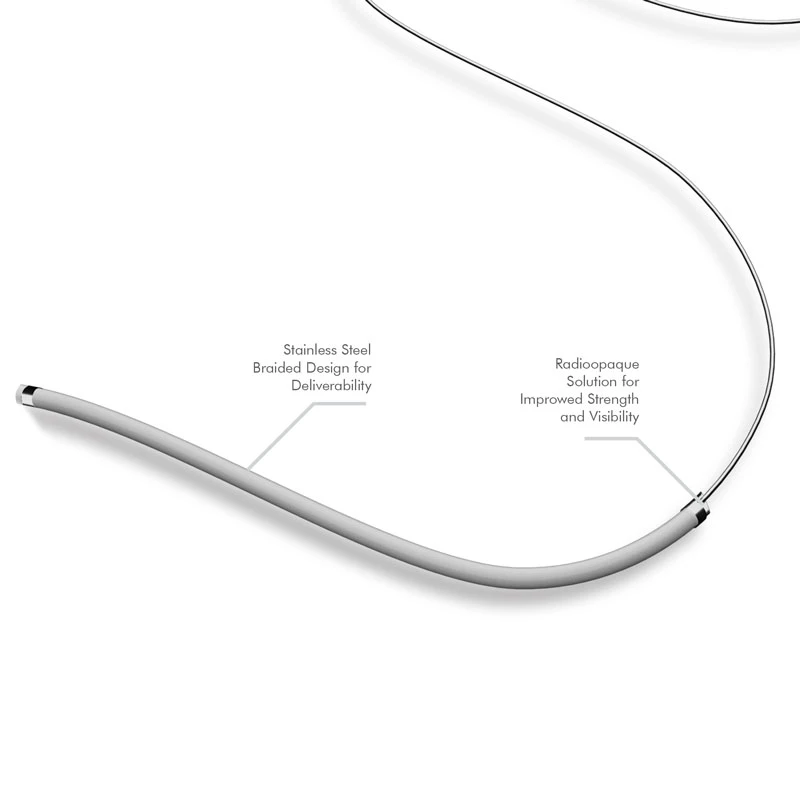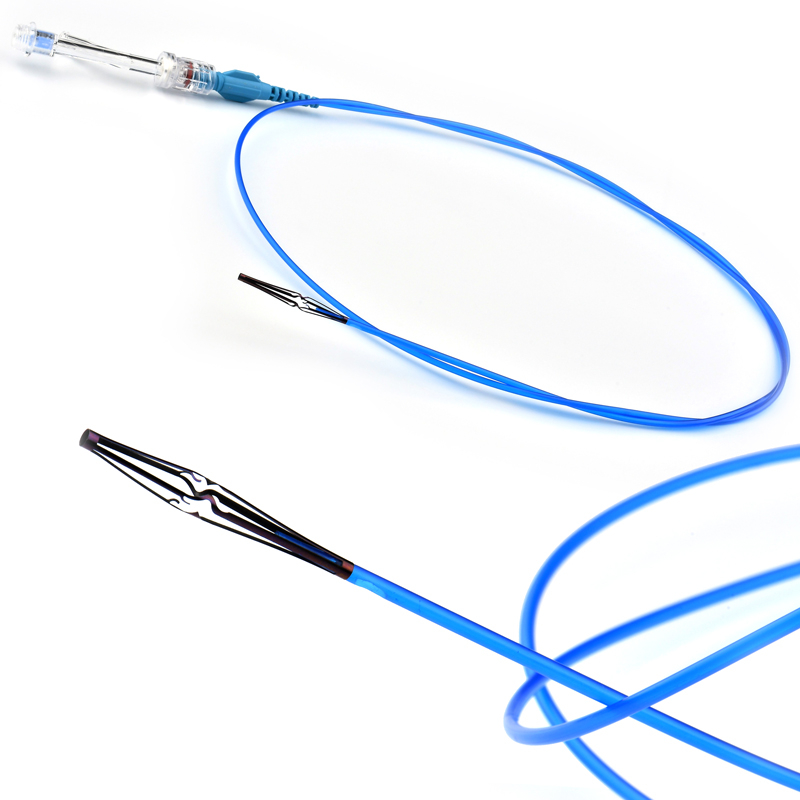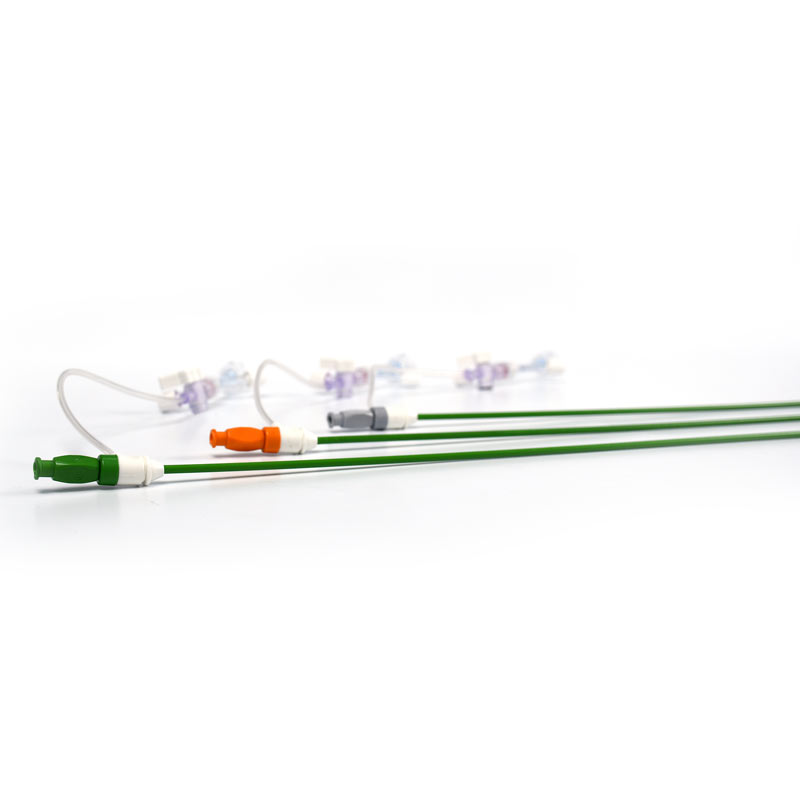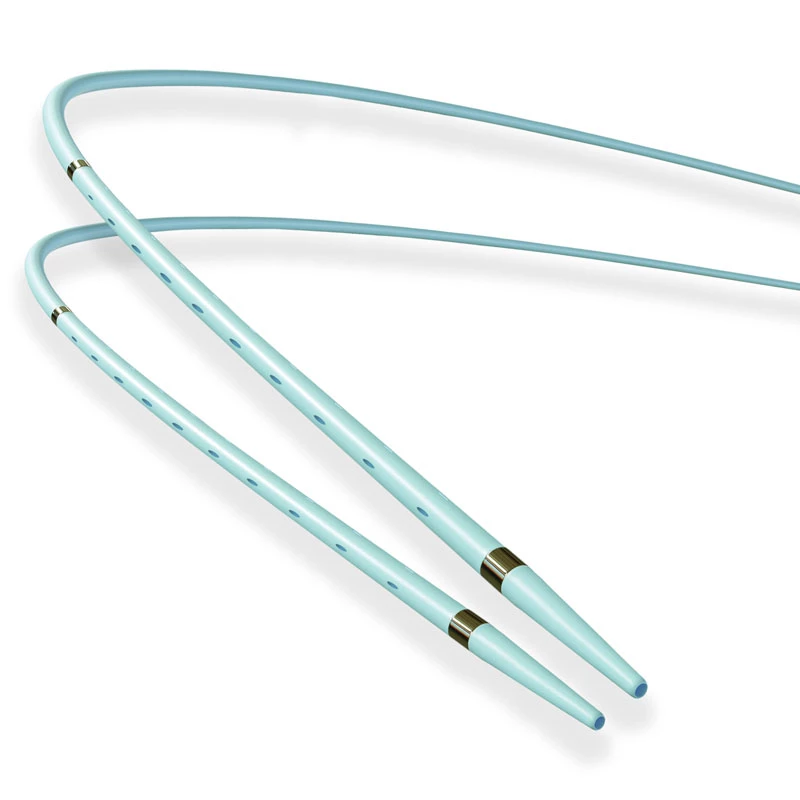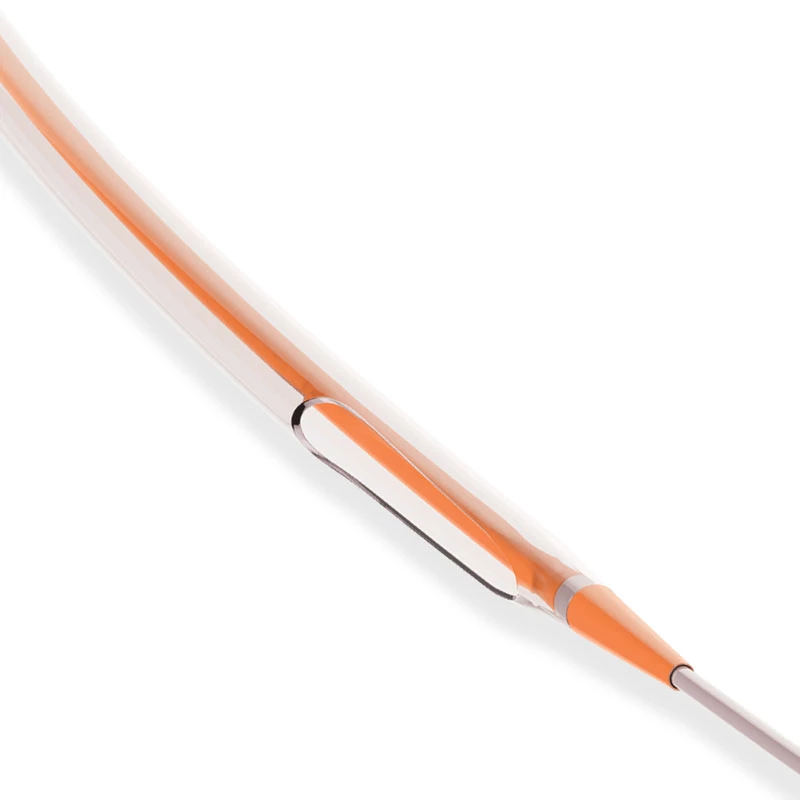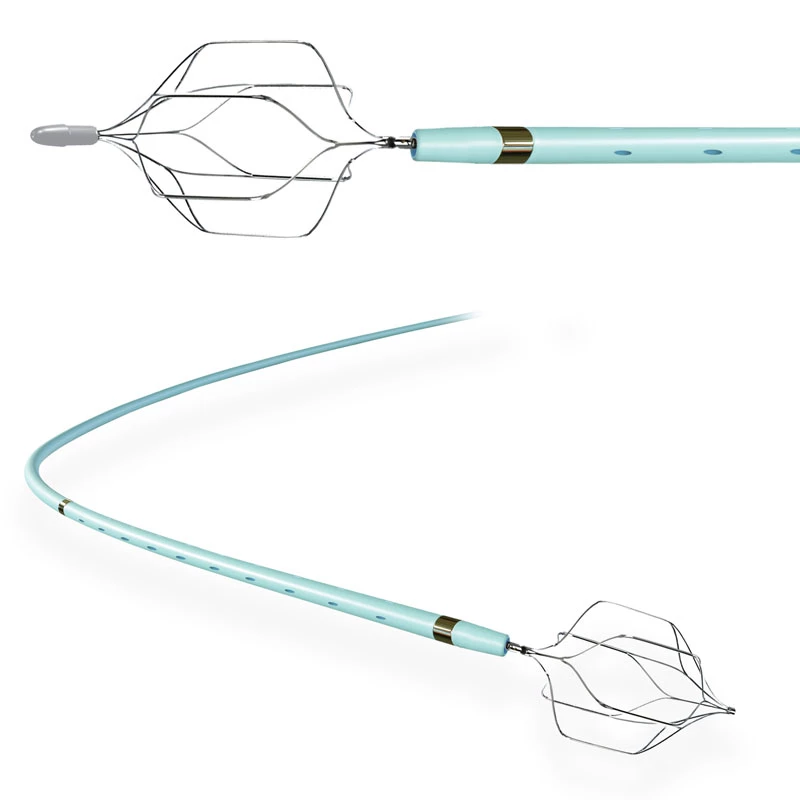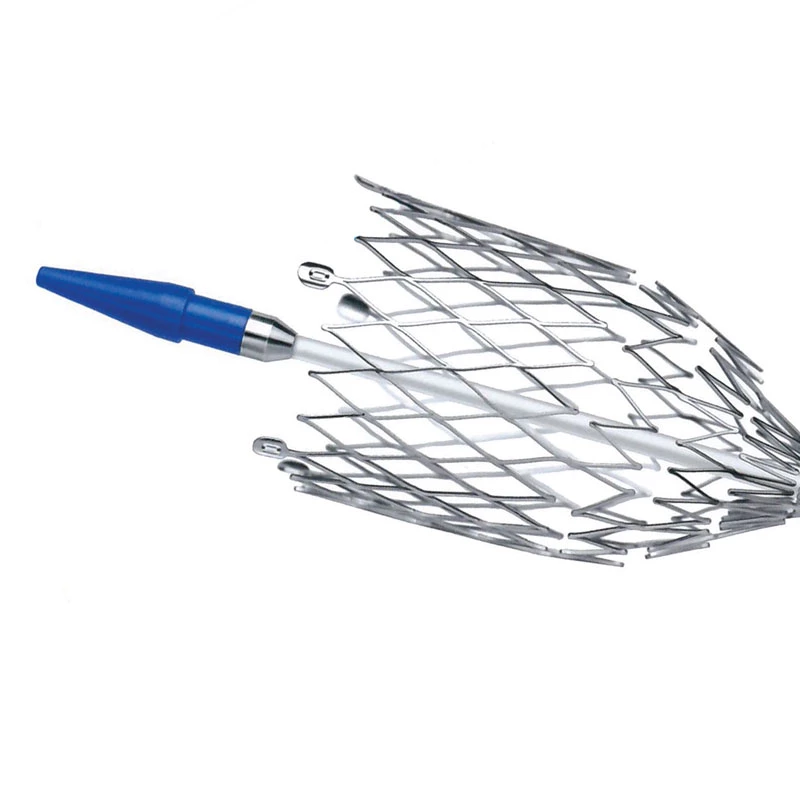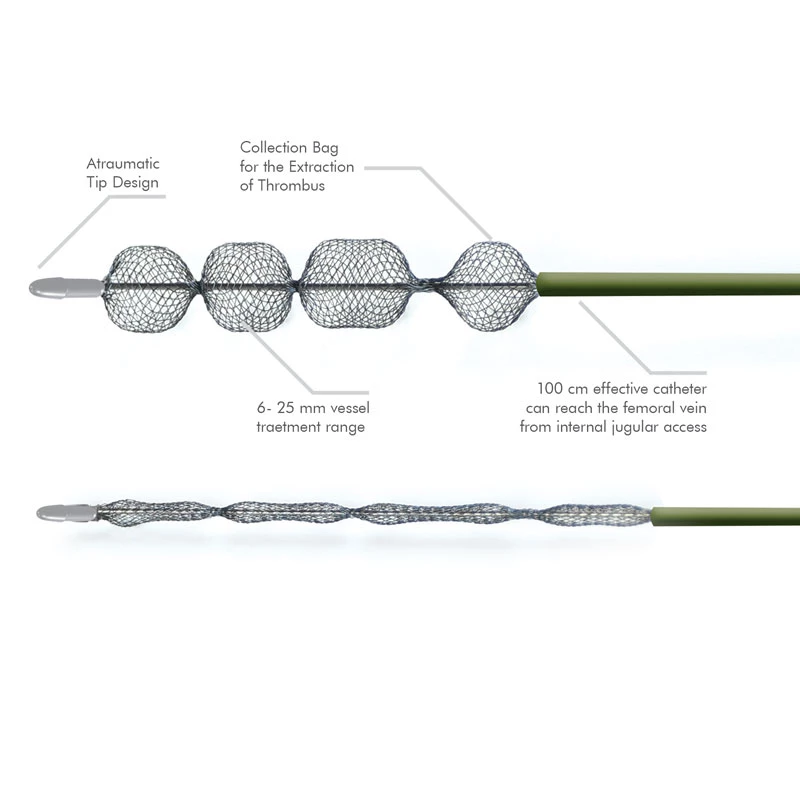LaserBLOCK
Endovenous Bare & Radial Fiber Optics
The system requires the use of a specialized system that creates a Rotational vortex effect that prevents embolism and macarates thrombus with TPA while preventing distal embolism.
Optimal Uniformity Along The Vein
LaserBLOCK applications are used in case of reflux over the saphenous vein or in the lower libs of the body. 810-940-980-1470 and 1500nm Diode Lasers are indicated with laser in their specification
Endonenous laser ablation method is a common treatment method used to close varicose veins using high-power laser beams.
Single-use Bare Fiber can be used with different types of lasers (for example, solid-state laser, gas laser, and diode laser). However, the beam diameter values and the numerical aperture of the laser, as well as the core diameter and numerical aperture of the probe (see table), must be within a certain range. Disposable Bare Fiber probes are silica fibers with no Coating at the distal end. The tip design is straight or tapered, and some variants are equipped with a Luer-lock adapter and/or disposable handpiece. And some variants are equipped with an additional glass lid. Different core and outer diameters are available. Single-use Bare Fiber is used for incision, excision, vaporization, and coagulation of physiological tissue in contact and non-contact procedures. Abnormal tissue can be excised with Bare Fiber and the open resection area can be closed simultaneously with the use of precision coagulation. Disposable Bare Fiber can be connected with various laser models.
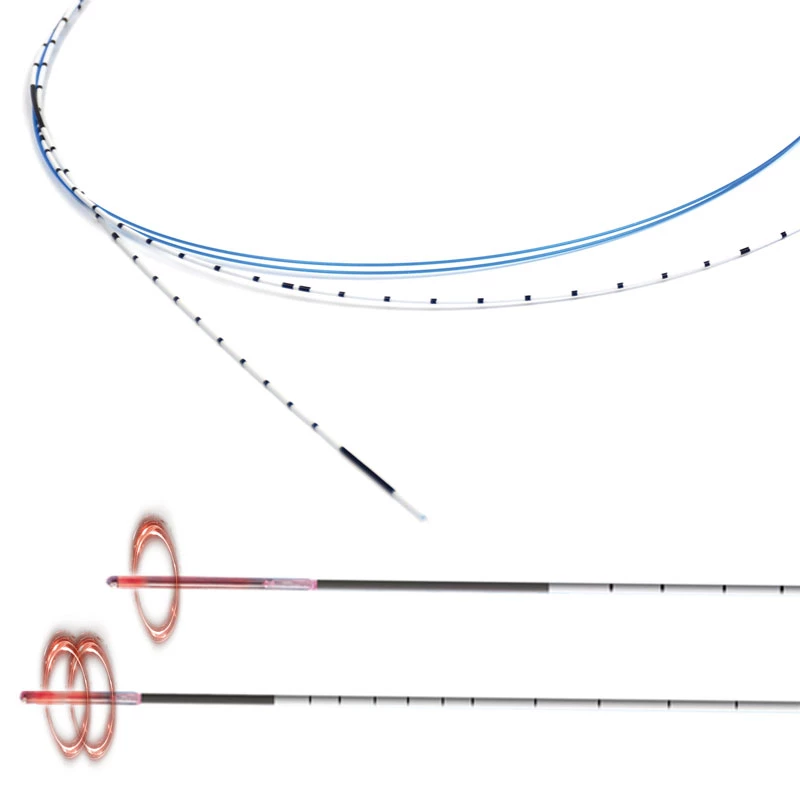





Detailed specifications
The endovenous laser ablation method is a common treatment method used to close varicose veins using high-power laser beams. In this method, laser beams are sent into the varicose veins using fiber-optic laser probes. To provide the most appropriate treatment and to deliver the laser beams to the target area without damaging the surrounding tissues, circular (radial) light output laser probes have superior properties to probes that emit light straight from the fiber end.
It can emit light as a single homogeneous circle or as two separate homogeneous circles of equal strength, depending on the application's needs. Probes produced in high-quality standards do not encounter problems such as power loss and blackening, keeping the laser power low, and using the laser device efficiently.
In the EVLA method, the laser fiber is inserted into the vein by entering the Safena Magna vein from the wrist or knee level under ultrasound guidance. After the location of this fiber is confirmed by ultrasound, local anesthesia is applied throughout the vessel. The laser fiber is withdrawn and the entire vessel is closed by applying laser energy. The closed vessel is gradually reduced and destroyed by the body.
Usage Indication (Radial fiber, Radial Slim Fiber, Radial Slim 2 Ring Fiber, Radial 2 Ring Fiber)
- Fibers are for endovenous laser occlusion.
- Radial cessation is applied from the distal end of the product.
- This results in a homogeneous photo-thermal denaturation and closure of the treated vein.
- Sedation + local anesthesia or spinal anesthesia (anesthetized from the waist) can be applied.
- It is suitable for endoluminal ablation by entering the vein percutaneously.
- Presented in disposable sterile packages.
- Single or double circular (Radial) outlet according to application needs
- Probe diameter suitable for 6F or 4F catheters according to the application need
- Easy integration into the laser device with the plug-and-turn method
- Ring marking for usage routing and tracking
Optimal Uniformity Along The Vein
LaserBLOCKⓇ applications are used in case of reflux over the saphenous vein or in the lower libs of the body 810-940-980-1470-1500 nm diode lasers are indicated with laser in their specification.
The endogenous laser ablation method is a common treatment method used to close varicose veins using high-power laser beams.
- When combined with the laser source, this laser fiber spreading at 360° provides ideal endovenous thermal ablation.
- Therefore, it is possible to gently and evenly deliver the laser energy to the vessel lumen and to close the vessel based on photothermal destruction.
- Perforation of the vessel wall and thermal irritation of the surrounding tissues are prevented, thus minimizing post-operative pain, ecchymosis, and other side effects.
- Radial Slim provides the easiest access to fiber vessels.
- Characterized by a small outer diameter.
- When using commercially available 16 G cannulas, fibers can be inserted without the need for expensive placement tools.
- The simple use of several of these standard cannulas makes access much easier - even for very convoluted or double veins.
- Access is greatly facilitated when treating perforating vessels or recurrences.
| Order Number | Moldels | Øcore (µm) | Øouter (µm) | Ø quartz cap (mm) | NA | Lenght (m) | Profile | Øışın (µm) | NA | Connector |
| VS1007 | Radial Fiber | 500 | 1300 | 1.85 | 0.26/0.37 | 2.5 | One radial laser ring | ≤500 | ≤0.26 for >50 W ≤0.36 for ≤50W |
SMA 905 |
| VS1008 | Radial Slim Fiber | 400 | 1050 | 1.27 | 0.26/0.37 | 2.5 | One radial laser ring | ≤400 | ≤0.26 for >50 W ≤0.36 for ≤50W |
SMA 905 |
| VS1009 | Radial 2 ring Fiber | 500 | 1300 | 1.85 | 0.26/0.37 | 2.5 | Two radial laser rings 6 mm apart | ≤500 | ≤0.26 for >50 W ≤0.36 for ≤50W |
SMA 905 |
| VS1010 | Radial slim 2 ring Fiber | 400 | 1050 | 1.27 | 0.26/0.37 | 2.5 | Two radial laser rings | ≤400 | ≤0.26 for >50 W ≤0.36 for ≤50W |
SMA 905 |
